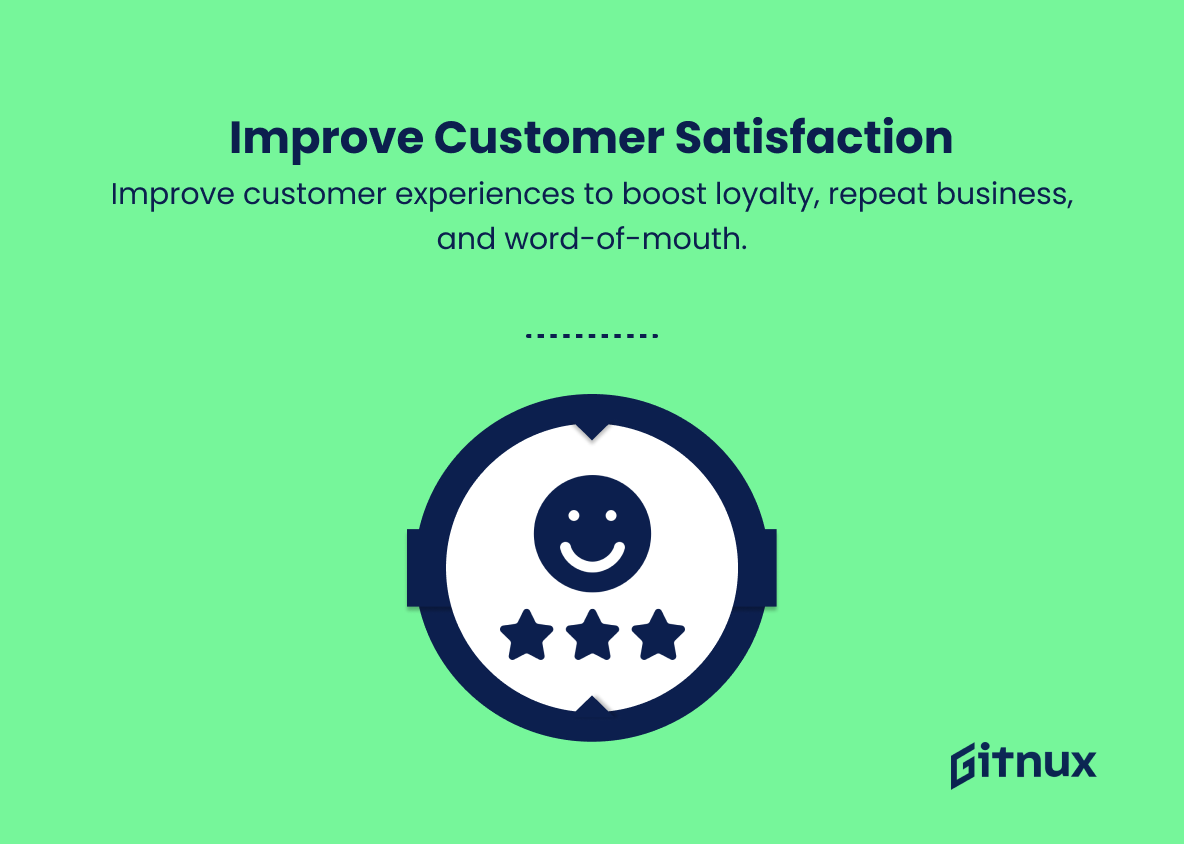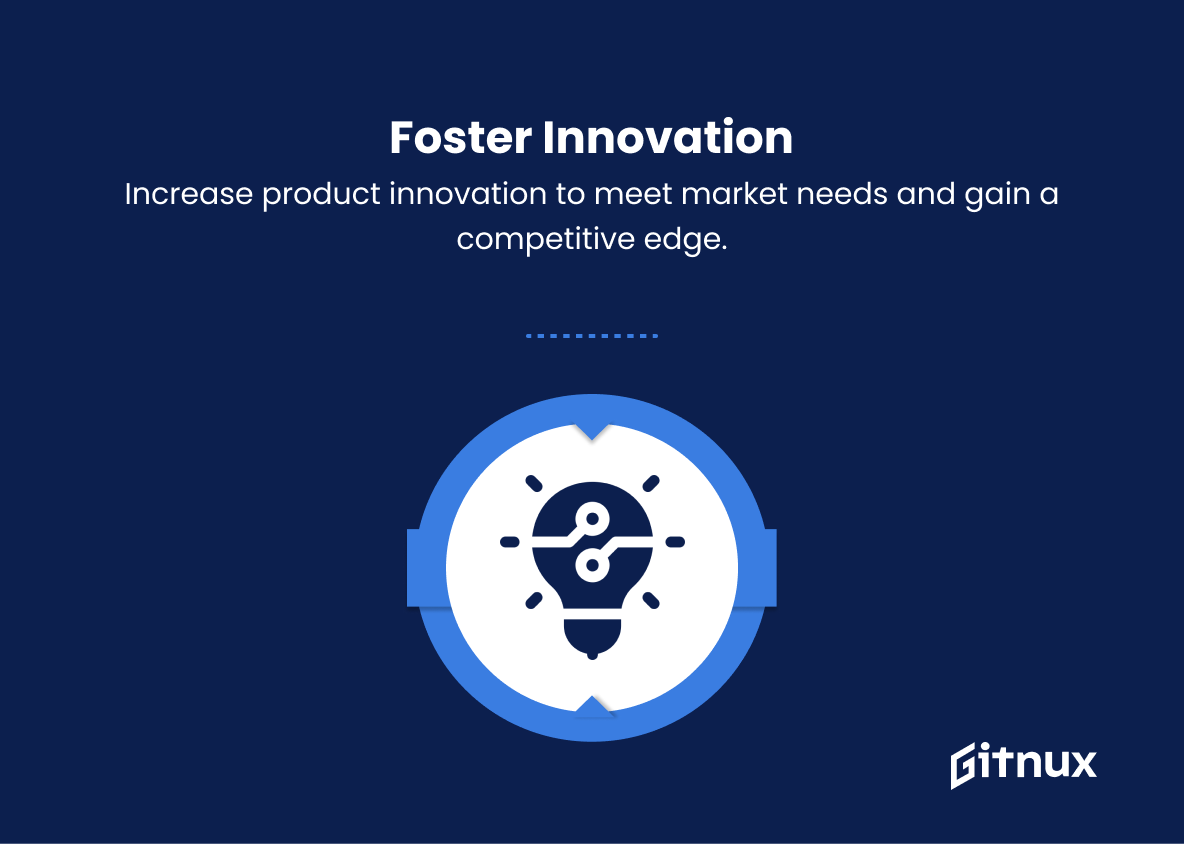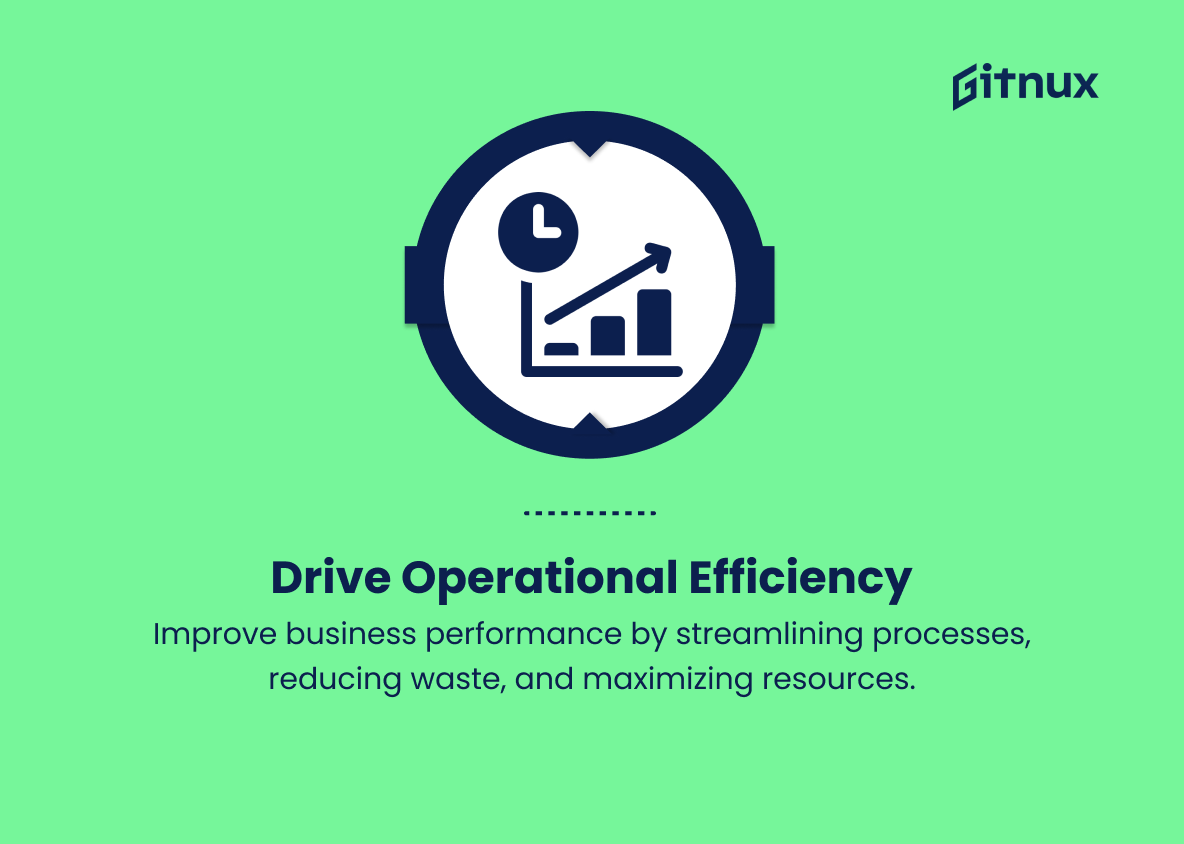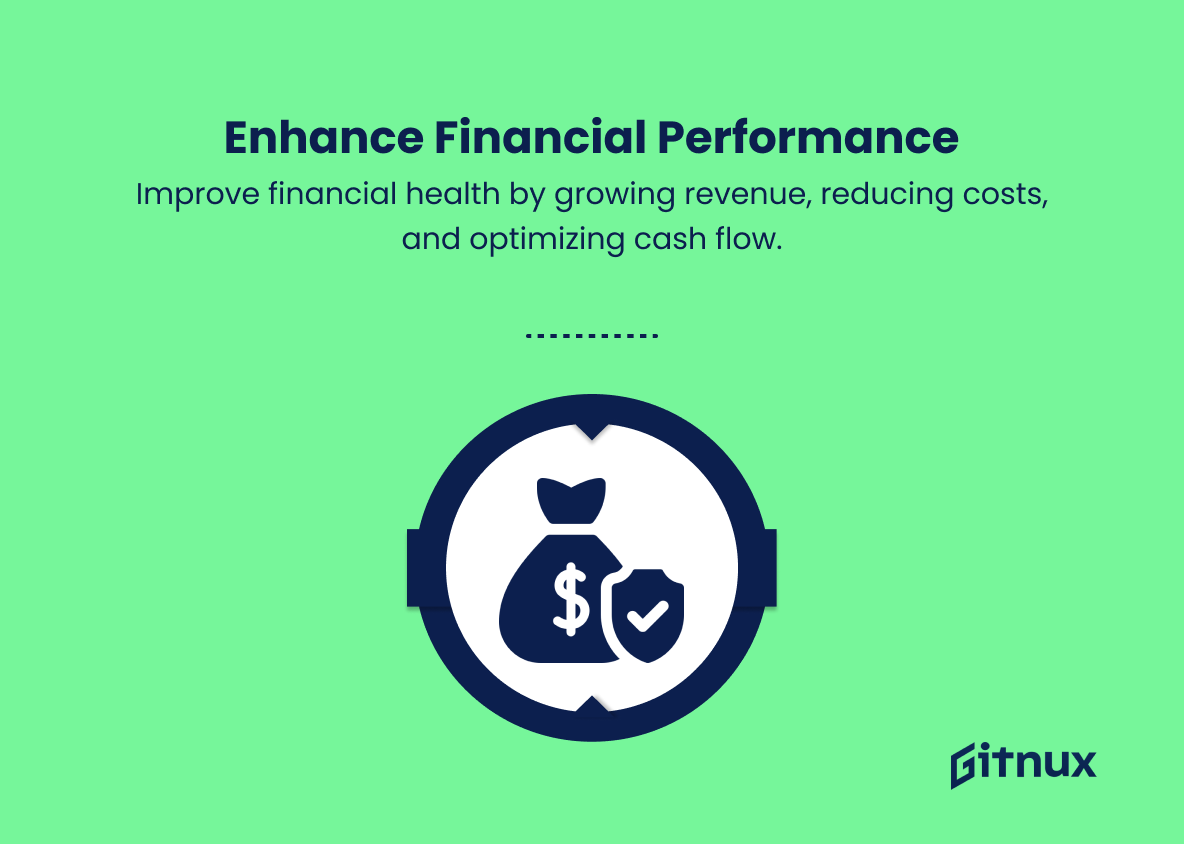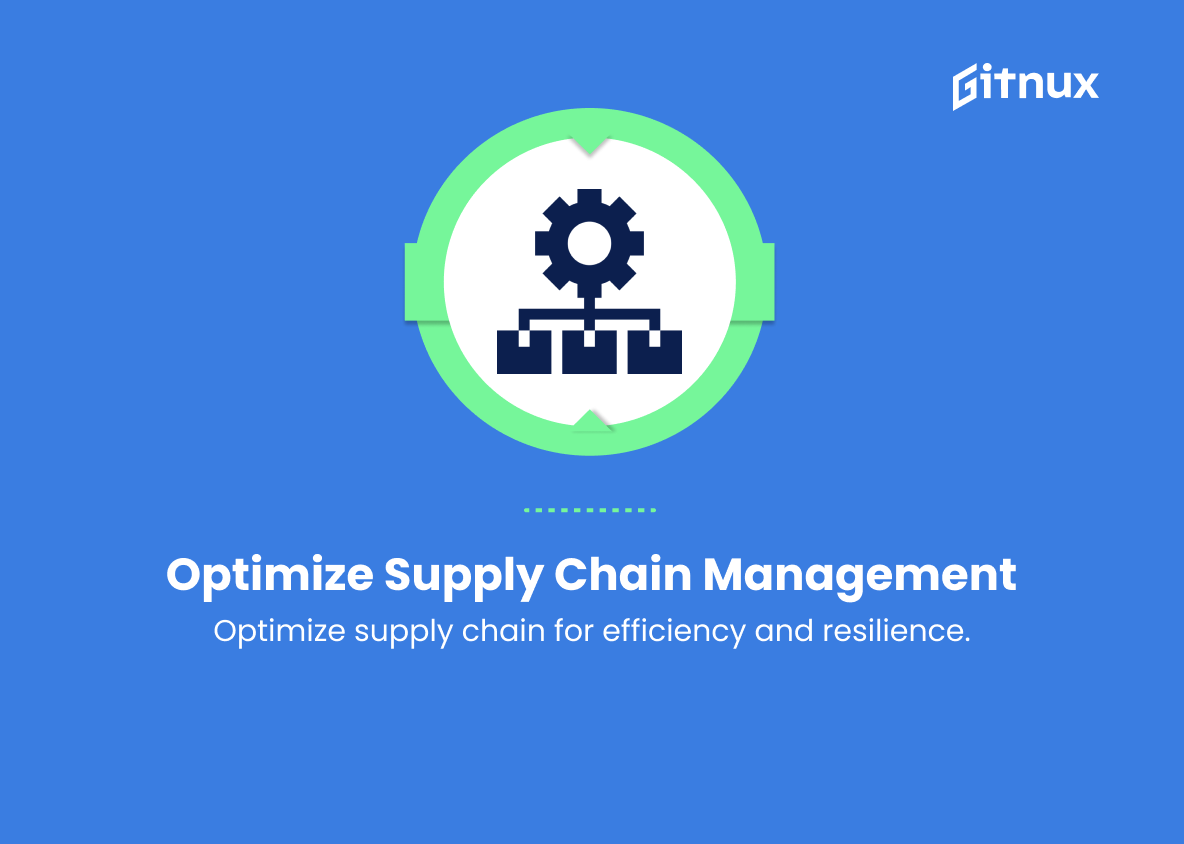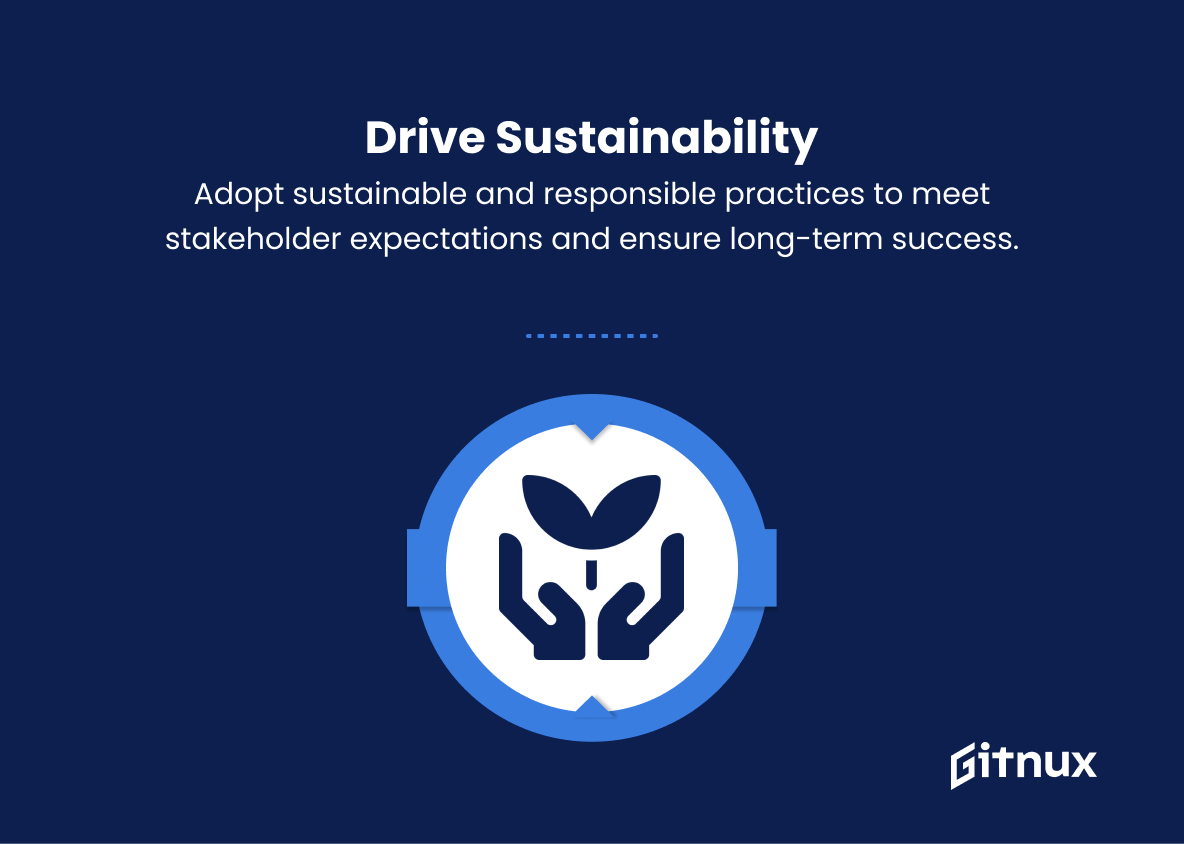In today’s fast-paced and competitive business landscape, organizations must constantly adapt and evolve to stay ahead of the curve. One key element to achieving this is the implementation of a robust and results-driven strategic framework. Among the various approaches used by successful companies, Objectives and Key Results (OKRs) have emerged as a powerful tool for aligning and monitoring strategic initiatives.
In this blog post, we delve into the world of Strategy OKRs, providing you with valuable insights, practical tips, and real-world examples on how to effectively harness the potential of this methodology to drive growth, innovation, and success within your organization.
Strategy OKRs You Should Know
1. Increase market share
Improve the organization’s competitive position by capturing a larger portion of the market. This would involve multiple steps, such as identifying the target audience, building strong relationships, and maximizing sales in the target market.
2. Improve customer satisfaction
Enhance the quality of customer experiences, which can lead to increased loyalty, repeat business, and positive word-of-mouth. This can be achieved through measures like improving user interfaces, streamlining support systems, and addressing common customer pain points.
3. Enhance brand reputation and awareness
Improve the organization’s overall public image, including increased recognition and recall of its products and services. This can be achieved through targeted marketing campaigns, strong social media presence, and quality content production.
In today’s fast-paced and competitive business landscape, organizations must constantly adapt and evolve to stay ahead of the curve.4. Foster innovation
Increase the organization’s ability to ideate, design, and launch new products or services that address market needs and create a competitive advantage. This can be accomplished by creating a culture of innovation, prioritizing research and development, and leveraging employee creativity.
5. Drive operational efficiency
Improve the overall business performance by streamlining processes, reducing waste, and maximizing resource utilization. This can be done by implementing continuous improvement methodologies, investing in technology, and aligning employee efforts towards process optimization.
6. Expand into new markets
Increase the organization’s geographical reach or customer base through growth strategies such as market penetration, market development, or joint ventures. This involves conducting market research, building relationships with local partners, and customizing product offerings to meet local needs.
7. Strengthen employee engagement and retention
Create a desirable work environment that promotes commitment, loyalty, and satisfaction among employees. This can be achieved through competitive compensation, promotions based on merit, employee development programs, and recognition of achievements.
8. Enhance financial performance
Improve the organization’s financial health by increasing revenue, reducing costs, and optimizing cash flow management. This can be achieved through effective sales strategies, cost control measures, and accurate forecasting.
9. Optimize supply chain management
Ensure the organization’s supply chain operates effectively and efficiently, minimizing potential risks and disruptions. This can be done by establishing strong supplier relationships, optimizing inventory levels, and investing in technology for supply chain visibility.
One key element to achieving this is the implementation of a robust and results-driven strategic framework.10. Drive sustainability and social responsibility
Implement environmentally friendly and socially responsible practices, aligning with stakeholder expectations and contributing to long-term success. This involves minimizing the environmental footprint, engaging with local communities, and promoting ethical practices in the workplace.
Strategy OKRs Explained
The following Strategy OKRs are essential for organizational success, as they enable businesses to maintain a competitive edge and constantly evolve in the ever-changing market landscape. Increasing market share allows organizations to solidify their position in the industry, while improving customer satisfaction ensures long-term loyalty and growth.
Enhancing brand reputation and awareness, fostering innovation, and driving operational efficiency contribute to a strong and recognizable corporate identity, making the company more appealing to customers, partners, and employees alike. Expanding into new markets and optimizing supply chain management enable the organization to seize new opportunities, and manage the risks and costs effectively.
Strengthening employee engagement and retention helps build a motivated, knowledgeable, and loyal workforce which contributes to enhanced financial performance. Lastly, driving sustainability and social responsibility is critical to portray a company as both ethically and environmentally conscious, thus attracting increasingly conscious customers and stakeholders, and ensuring long-term viability and success.
Conclusion
In conclusion, the implementation of Strategy OKRs is crucial for businesses and organizations seeking to effectively achieve their long-term objectives. By setting clear, measurable goals and employing a robust framework, teams can maintain a laser-sharp focus on their purpose and align their efforts in a cohesive manner. Regularly revisiting and evaluating your OKRs will ensure adaptability to changing market conditions and foster a culture of continuous improvement.
As you embark on the journey towards realizing your strategic vision using OKRs, you will unlock the potential of your organization, resulting in inspiring growth and impressive outcomes.

